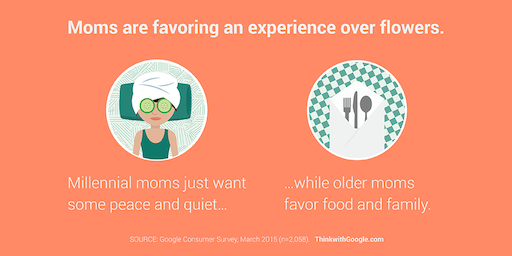Today, viewers have more choice than ever when it comes to watching their favorite video content and TV shows. Whether on their laptops, phones, or connected devices, people are spending less time watching “traditional TV” and more time consuming content on their own terms on the screen of their choice.
To help marketers better understand this online video audience, we worked with Compete to analyze how Google Preferred desktop viewers in the U.S. consume content on YouTube, through online desktop panel and survey data from Compete1. We found that desktop viewers who watch Google Preferred (some of YouTube's most popular channels) tend to be younger, more likely to be online shoppers in market for products, and importantly, and the majority are viewers not reached through other video platforms2.
Reaching viewers who don’t visit other platforms
Marketers can no longer rely on traditional TV alone to reach their audience, as the abundance of content choices to consumers today mean that people are consuming content in more places. In fact, we found that nearly one in 10 Google Preferred desktop viewers do not watch traditional TV at all and 90% of them do not visit any of the top five full episode players3.
Younger audiences are also heavily represented on YouTube and on Google Preferred specifically, where viewers skew younger than the online population. We found that 18-34 year-olds who watch video on smartphones go to YouTube first for online video, 2.3X as likely or more than other platforms4.
Influencing online shoppers through Google Preferred
We also found in our Compete research that Google Preferred desktop viewers are more likely to be actively shopping for products online. They are 2.7x more likely to be in-market online shoppers than the online population. In terms of the types of products they’re searching for, shopping areas span a large variety of products. Of particular note, Google Preferred desktop viewers we studied are 182% more likely to be in market for luxury cars, 166% more likely for apparel, 170% more likely for beauty, 195% more likely for computers and tablets, and 148% more likely for home furnishings, than the online population.
People who watch Google Preferred channels are also more likely to take action. Our Compete research found that Google Preferred desktop viewers are 29% more likely to visit a brand site immediately after visiting YouTube, versus the general YouTube viewers. And they’re 46% more likely to search for a brand on YouTube they’re in market for versus the average YouTube viewer. Google Preferred desktop viewers we studied are 24% more likely to research a product after seeing an online ad on YouTube, than those who watch full episode players3.
To learn more about how Google Preferred can drive effectiveness for campaigns, check out ThinkWithGoogle.
1. Google/Millward Brown Digital Google Preferred Audience Study (US), February 2015
2. Other platforms include all key online video platforms including full episode players, digital stores, social networks, and streaming sites.
3. Full episode players are Hulu, ABC.com, CBS.com, Fox.com, and NBC.com
4. Google/IPSOS Brand Building on Mobile Survey (US), February 2015. Other platforms include all key online video platforms including full episode players, digital stores, social networks, and streaming sites.



